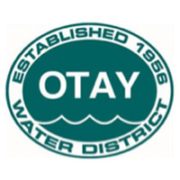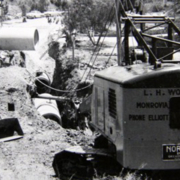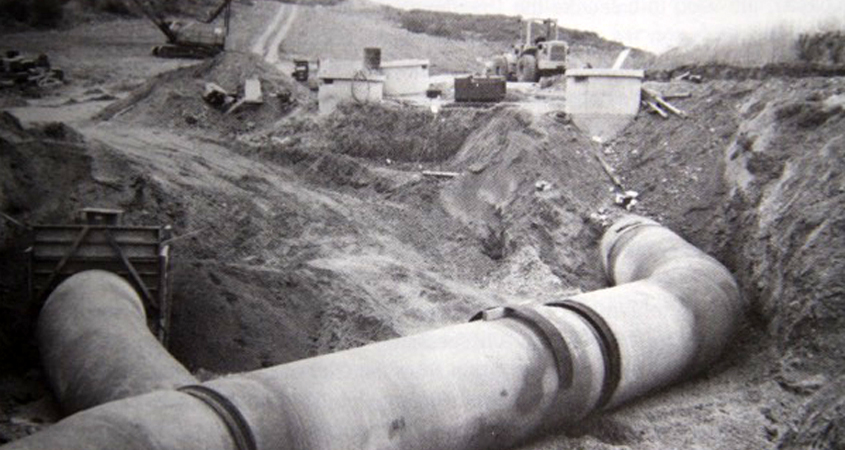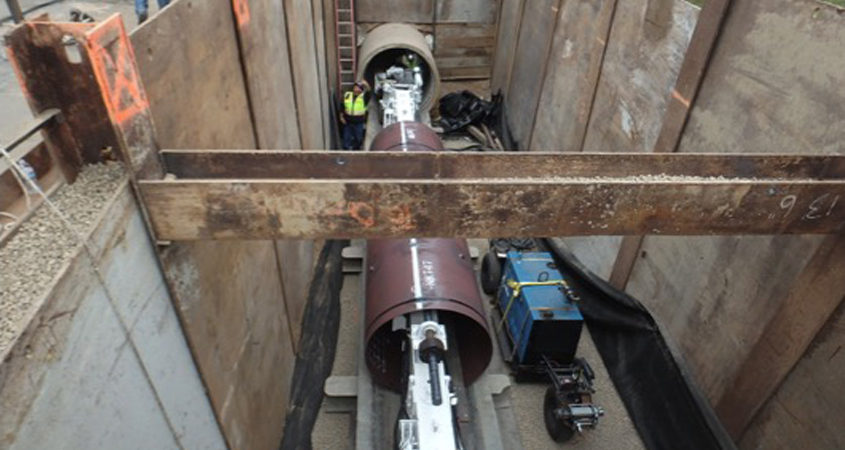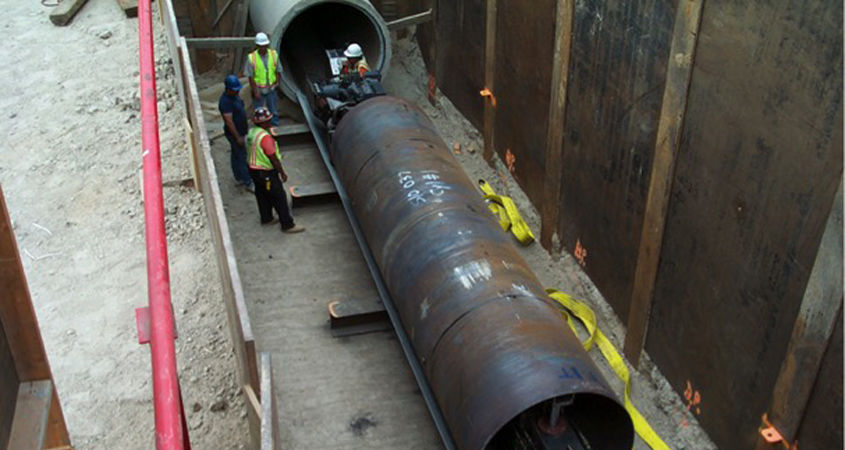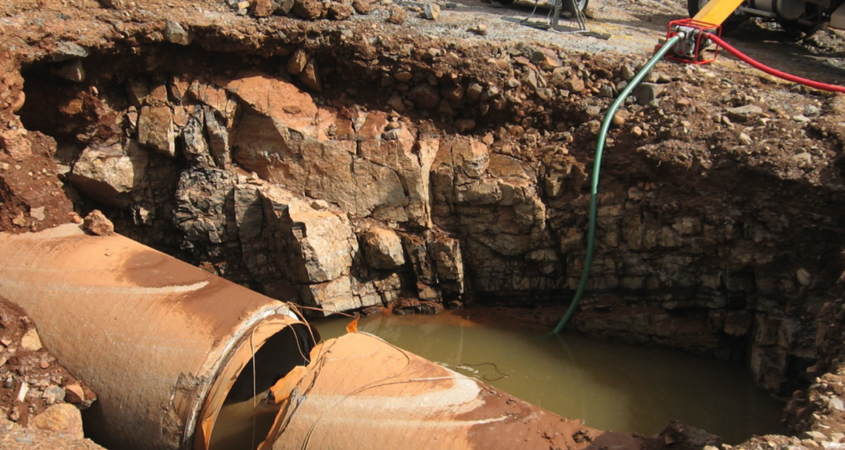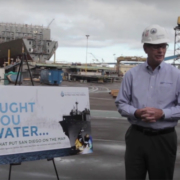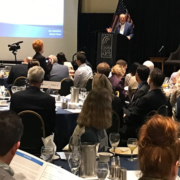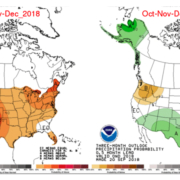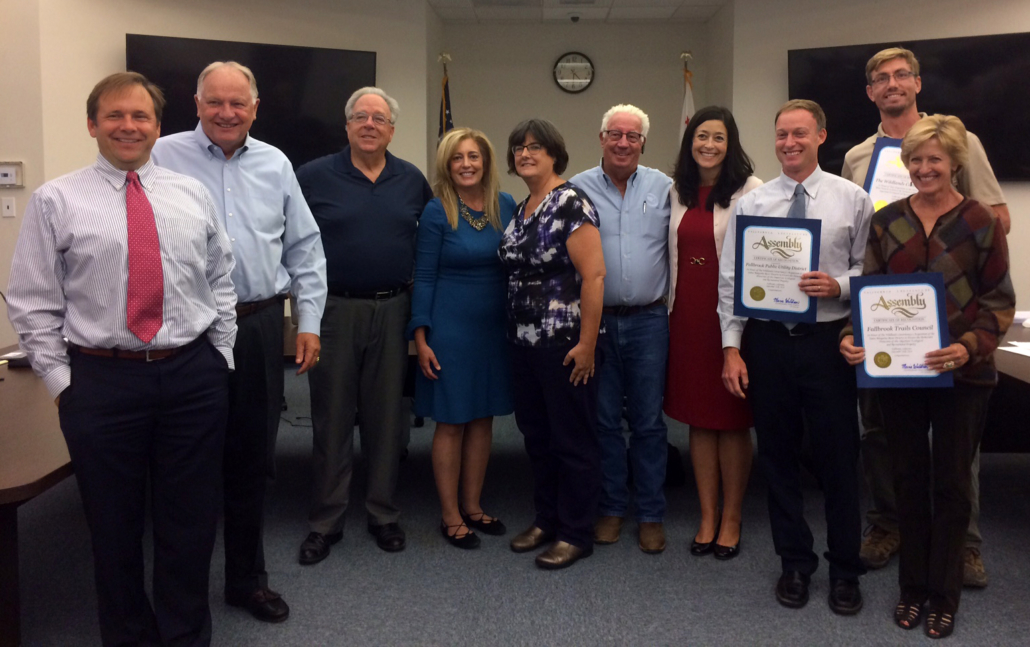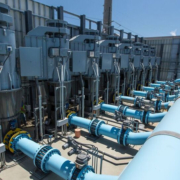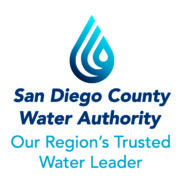Water Authority Board Chair Outlines Compromise Terms to Potentially End MWD Litigation
San Diego County Water Authority Board Chair Jim Madaffer today sent a letter to the Metropolitan Water District of Southern California’s Board of Directors that lays out a potential compromise approach by both parties designed to end nearly a decade of litigation over MWD’s rates.
The letter includes specific, practical terms that respect both the Water Authority’s and MWD’s perspectives towards an equitable conclusion in coming weeks.
“Concluding all pending court cases is in the best interest of everyone involved, and it would allow us to begin a new era of collaboration on other important regional and state issues,” said Madaffer, who started his tenure as chair on Oct. 1. “I hope MWD will embrace this gesture of good faith to seek settlement, and that we can do so in an expeditious and fair manner.”
Madaffer’s letter builds on the commitment of his predecessor, prior Water Authority Board Chair Mark Muir, to seek an end to lawsuits that started in 2010 and involve billions of dollars of contested rates and charges.
The Water Authority won several significant items in two cases covering MWD’s rates for 2011-2014, including additional rights to approximately 100,000 acre-feet a year of MWD water, invalidation of an illegal contract clause that MWD used to deny support for local supply development projects, and damages and interest on tens of millions of dollars of unlawful Water Stewardship Rate charges by MWD. The courts allowed MWD to continue charging historic State Water Project costs in water transportation rates charged to the Water Authority.
Key terms outlined in Madaffer’s letter include:
- Neither party should be expected to give up anything it won in court.
- MWD would change the way it charges for delivering the Water Authority’s independent supplies from the Colorado River by adopting a fixed price and tying future price increases to an inflation index each January 1.
- The Water Authority would drop pending claims challenging the legality of MWD’s Water Stewardship Rates that MWD charges on the purchase of MWD water supplies.
- The Water Authority would accept $5 million in attorneys’ fees and costs, a substantial reduction from the $8.9 million the trial court awarded to the Water Authority.
- MWD’s Board would approve a pending agreement to provide through its Local Resource Program funding for the Carlsbad Desalination Project, the City of San Diego’s Pure Water Project, the Padre Dam-East County Advanced Water Purification Project and other pending local supply project agreements.
- The Water Authority would be granted a sub-account in MWD’s Colorado River Lake Mead Storage Project to store 200,000 acre-feet of eligible Water Authority supplies in Lake Mead, which would benefit both MWD and the Colorado Basin states.
The complete letter is posted here.
Background
More than 20 years ago, the Water Authority and its member agencies began improving the San Diego region’s water supply reliability by lessening reliance on MWD, which at the time supplied about 95 percent of all the water used in San Diego County.
The cornerstone of that diversification strategy is a set of agreements known collectively as the Colorado River Quantification Settlement Agreement, which was signed in 2003 to secure independent water supplies for the Water Authority from the Colorado River. To deliver these supplies to San Diego County, the Water Authority must use pipelines operated by MWD because MWD owns the only large-scale conveyance facilities in Southern California for transporting water.
The Water Authority filed suit in 2010 seeking to invalidate MWD’s rates, and then filed additional suits in 2012, 2014, 2016 and 2018 because MWD kept adopting rates using the same methodology and flawed cost allocations. A series of court decisions have been issued in the 2010 and 2012 cases. The other cases have been stayed in Superior Court during the appellate process on the initial two lawsuits.


